I have a circuit with a ULN2803. The output pins of the ULN2803 are connected to 8 LEDs.
The problem is that irrespective of input voltage (either high or low) all output LEDs are glowing for a fraction of a second WHEN POWERING ON THE CIRCUIT.
After that only those LEDs are glowing whose input side has HIGH input, meaning it starts working normally.
